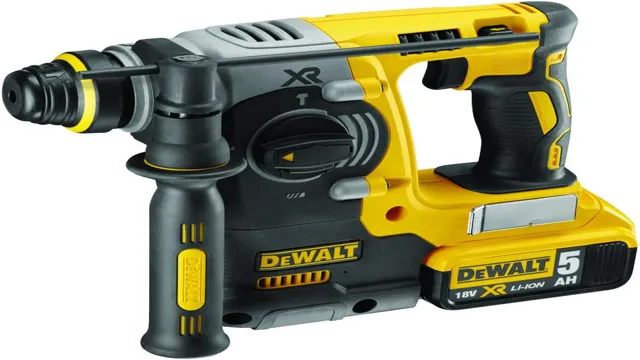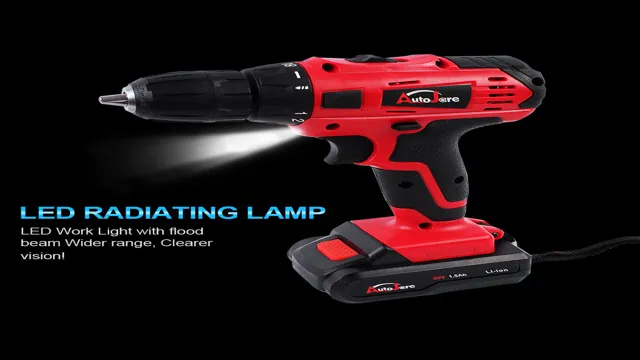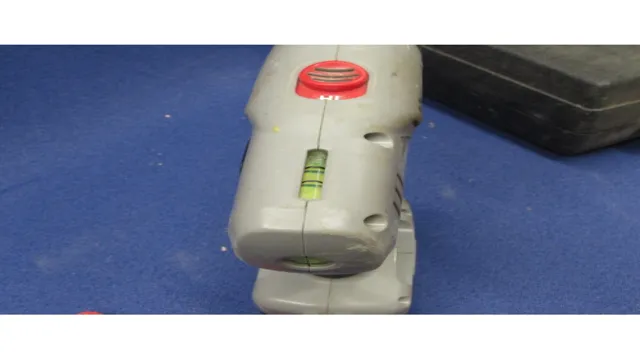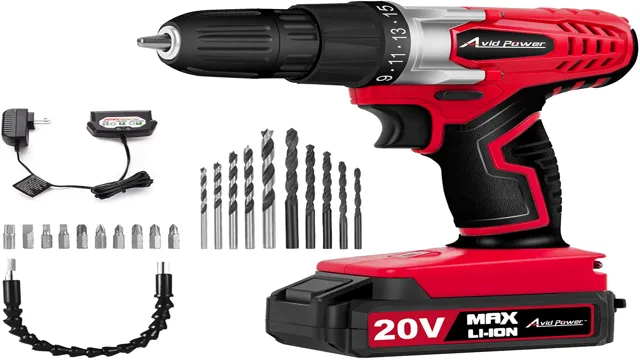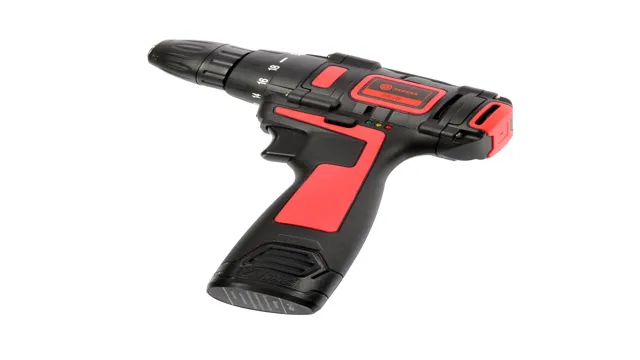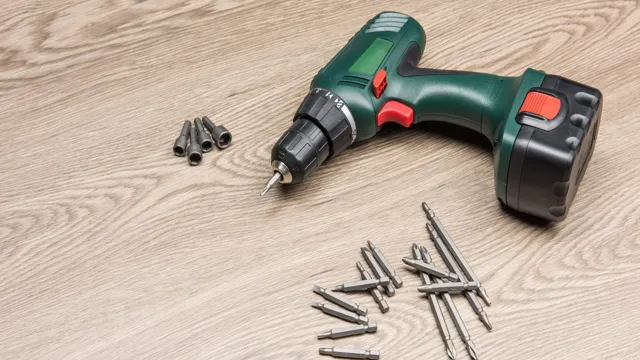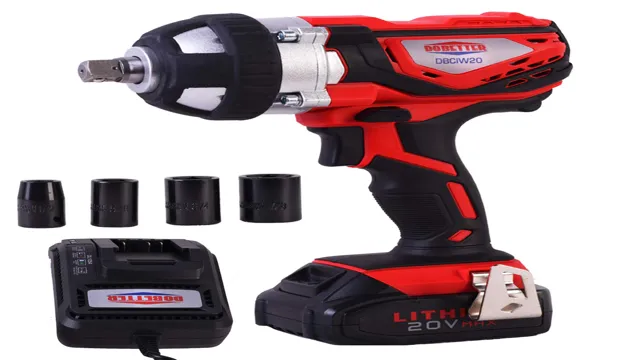What Size Cordless Drill Do I Need for DIY and Home Improvement Projects? A Complete Guide
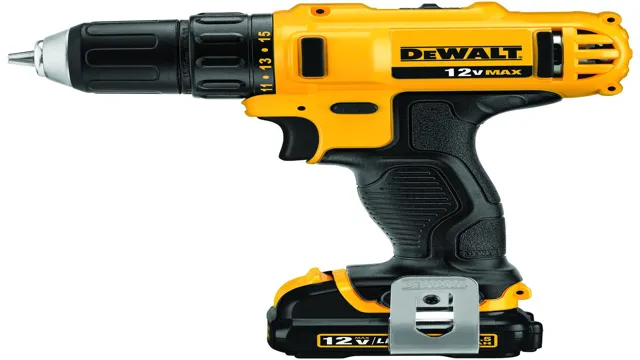
Have you been struggling to find the perfect cordless drill size for your projects? Well, worry no more! With so many options on the market, it can be overwhelming to choose the right size. But fear not, we’ve got you covered. Choosing the right cordless drill size is essential for maximizing productivity and ensuring your projects are completed efficiently.
It’s like picking a shoe size, you want it to fit just right. In this blog post, we’ll dive into the importance of selecting the right drill size and provide helpful tips on what to consider when making your decision. So, get ready to nail the perfect drill!
Understanding Drill Size Measurements
When it comes to choosing the right cordless drill size, it’s important to consider what kind of tasks you’ll be using it for. The size of a drill is often determined by its chuck size, which refers to the opening at the end of the drill that holds the bit in place. A standard chuck size is 3/8 inch, but larger drills may have chucks that can hold bits up to 1/2 inch or more.
The drill size also corresponds to the size of the drill bit that is used. For example, a 1/4 inch drill bit is commonly used for small tasks like hanging picture frames, while larger bits like 1/2 inch are used for drilling holes for plumbing or electrical work. It’s important to note that a larger drill doesn’t necessarily mean it’s better – it’s all about finding the right size for the job at hand.
So, before you make a purchase, consider what size bit you’ll need and what tasks you plan to complete with it.
The Three Key Measurements to Know
When it comes to drilling, understanding the different measurements for drill size is essential. Three key measurements that you should know are drill diameter, shank diameter, and drill length. The drill diameter refers to the size of the hole that the drill can make, while the shank diameter is the size of the drill bit that fits into the drill chuck.
It’s important to ensure that the shank diameter matches the chuck size of your drill to avoid any issues. The drill length measures how deep the hole that the drill can make goes. Understanding these measurements will help you choose the right drill size for the job, ensuring accurate and effective results.
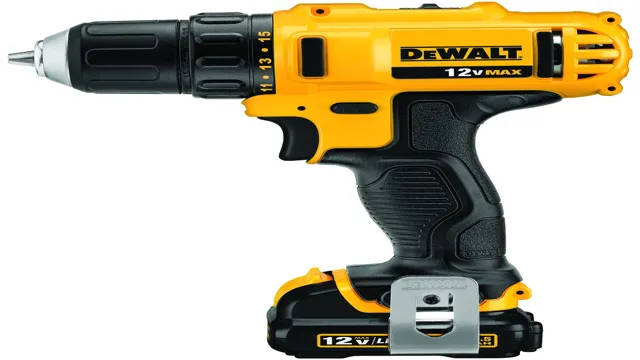
How They Affect Drill Performance
Understanding drill size measurements is essential for optimizing the performance of your drilling operations. The effectiveness of drill bits depends heavily on their size, and understanding the measurements associated with them can help you achieve the best results. The two primary measurements used to define drill bit sizes are diameter and length.
The diameter measurement specifies the width of the bit, while the length measurement specifies the tool’s total length. It’s also important to note that different industries measure their drill bits in specific ways, such as using metric or imperial measurements. Selecting the right size for the job can make all the difference in the efficiency and effectiveness of your drilling operations.
So before you get started, it’s essential to familiarize yourself with drill bit size measurements and the variations in the measurements across the different industries.
Factors to Consider When Choosing Drill Size
When it comes to choosing the right size cordless drill for your needs, there are a few factors to consider. Firstly, think about the type of project you will be using the drill for. Different projects may require different drill bits and thus, different drill sizes.
Secondly, consider your level of experience with power tools. If you are new to using drills, a smaller size may be easier to manage while you get accustomed to the tool. On the other hand, if you have experience and need a drill for heavy-duty projects, a larger size may be necessary to handle the workload.
Lastly, consider the power source of the drill. Cordless drills are typically available in various voltages, with higher voltages providing more power for tougher jobs. Ultimately, it’s important to choose a size that matches the specific needs of your project in order to achieve the best results.
So, what size cordless drill do you need? It all depends on the details of your project and your experience level.
Intended Use of the Drill
When it comes to drilling, choosing the right size of drill bit is crucial. The intended use of the drill is the most important factor to consider when selecting a drill bit size. For instance, if you’ll be drilling small holes for putting up shelves or hanging pictures, a smaller bit size, such as 1/8 inch, will suffice.
You May Also Love:
However, if you’re planning to drill larger holes for plumbing or electrical work, a bigger bit size, like 3/4 inch or 1 inch, would be more appropriate. Other factors to keep in mind are the type of material you’ll be drilling into and the depth of the hole required. For example, hardwood requires a different drill bit size than softwood or metal.
Additionally, if you need to drill deep holes, you would need longer drill bits. Keep in mind that it’s always better to use a slightly smaller bit and gradually increase the size if necessary, rather than using a larger one and ending up with a hole that’s too big. Choosing the right size of drill bit is essential to ensure your drilling project is successful.
Power and Voltage Requirements
When choosing a drill size, power and voltage requirements are essential factors to consider. The power rating of a drill determines its strength and capability to complete tough drilling tasks. If you plan to drill through thick woods or metals, it would be best to opt for a drill with high power output.
Voltage is another critical feature to consider. It determines the strength of the drill’s motor and its ability to withstand heavy workloads. High voltage drills are adept at driving big bits into hard materials and can also work for extended periods without overheating.
It’s essential to match the power and voltage requirements of a drill to the drilling job’s demands. Failure to do so may result in disappointing results or damage to the tool. Choose a drill whose power and voltage rating match your project’s requirements to ensure maximum performance and safety.
Weight and Handling Comfort
When choosing the right drill size for your next project, weight and handling comfort are important factors to consider. A drill with a comfortable grip and a lightweight design will reduce fatigue and strain on your hands, especially if you’re working on a large project. However, it’s also important to consider the type of material you’ll be drilling into.
For heavier materials, such as metal or thick wood, a heavier drill with a larger size may be necessary to complete the job efficiently. On the other hand, if you’re working with lighter materials, a smaller and lighter drill may be all you need. Ultimately, the size and weight of your drill should be determined by the demands of the project at hand.
By considering these factors, you’ll be able to choose a drill that will not only get the job done but will also be comfortable to use for extended periods of time.
Common Cordless Drill Sizes and Their Uses
When it comes to buying a cordless drill, one of the most commonly asked questions is, “what size cordless drill do I need?” The answer to this question is that it largely depends on the task at hand. For light-duty tasks, a 12-volt drill with a 3/8 inch chuck will be sufficient. This size is perfect for basic tasks like hanging pictures, assembling furniture, or drilling small holes in soft woods.
For heavier tasks, like drilling through masonry or metal, a 20-volt drill with a 1/2 inch chuck will be necessary. This size will provide the power needed to drill through harder materials. Additionally, there are other sizes available, such as 18-volt and 24-volt drills, that can be used for different tasks.
Ultimately, deciding what size cordless drill to get will come down to the specific tasks you need to accomplish, so it’s always a good idea to consider your needs carefully before making a purchase.
3/8-inch Drill: Ideal for Household Tasks
When it comes to cordless drills, there are various sizes available, but each size serves a unique purpose depending on the task at hand. For household tasks like hanging pictures, shelves or assembling furniture, a 3/8-inch drill is ideal. It’s lightweight and easy to use, making it perfect for DIY enthusiasts or occasional users.
With a 3/8-inch drill, you can easily drill holes and drive screws into soft materials such as wood, drywall and plastic. However, for more heavy duty tasks like drilling through metal or thick concrete, a larger drill with a more powerful motor would be necessary. In summary, while cordless drills come in different sizes, each one is suited to a particular job, and it’s important to consider the task at hand when choosing the right size drill.
1/2-inch Drill: Good for Heavy-Duty Jobs
When it comes to cordless drills, there are different sizes for different jobs, and it’s essential to know which one to use. A 1/2-inch drill is a great option for heavy-duty projects, as it can handle larger bits for drilling bigger holes. It’s also ideal for applications that require more torque, such as drilling through tough materials like hardwood or metal.
However, it’s not the best choice for precision work, as it can be more challenging to control. On the other hand, a smaller, more compact drill, like a 3/8 inch, is better suited for drilling smaller holes or working in tight spaces. Ultimately, the drill size you choose should depend on the job you’re doing.
If you need more power and can handle a bulkier tool, the 1/2 inch might be the way to go. But if you need more precision and maneuverability, a smaller drill will be your best bet. Always consider what you’re drilling and how much power you’ll need, and make your decision based on those factors.
1/4-inch Drill: Best for Lightweight Tasks
When it comes to cordless drills, one size does not fit all. In fact, there are several common sizes that each excel in their own specific tasks. The 1/4-inch drill is best for lightweight tasks, such as hanging pictures or assembling furniture.
Its size allows for precision and control, making it a great choice for smaller holes. However, it may struggle with drilling into tougher materials such as metal or concrete. It’s important to choose the right size for your project to maximize efficiency and safety.
A larger drill may be able to handle tougher jobs, but may not offer the same level of control for delicate tasks. On the other hand, a smaller drill may not have the power or durability to handle heavy-duty work. It’s always best to assess the requirements of your project before choosing a drill size.
By doing so, you’ll be able to find the perfect drill for the job and get the job done right.
Final Thoughts and Recommendations
When it comes to choosing the right size cordless drill for your needs, there are a few factors to consider. First, think about the types of tasks you’ll be using the drill for. If you’re primarily working on small DIY projects or light household repairs, a compact drill with a 12-volt battery may be sufficient.
However, if you’re tackling larger projects or need to drill through tougher materials like concrete or metal, you’ll likely want a more powerful drill with an 18-volt or higher battery. Additionally, consider the weight and ergonomics of the drill, as well as its battery life and charging time. It’s also worth investing in a good set of drill bits that can handle a variety of materials to ensure you’re getting the most out of your drill.
When in doubt, consult with a knowledgeable salesperson or do some research online to find the best drill for your specific needs. With the right cordless drill, you’ll be able to complete projects quickly and efficiently, without compromising on power or comfort.
Conclusion
In the world of cordless drills, size does matter. But bigger isn’t always better. It all depends on the type of projects you’ll be working on.
If you’re just a DIY enthusiast looking to hang up some pictures or assemble furniture, a smaller drill is all you’ll need. But if you’re a construction worker or contractor, you’ll want a larger drill that can handle more heavy-duty tasks. So, in short, the size of your cordless drill should match the size of your ambitions.
“
FAQs
What factors should I consider when choosing a cordless drill size?
When choosing a cordless drill size, consider the type of projects you will be working on, the weight and balance of the drill, and the battery life.
What are the advantages of a larger cordless drill size?
A larger cordless drill size typically has more power, which can be useful for drilling through tougher materials or for use in larger projects.
Are there any disadvantages to using a larger cordless drill size?
One potential disadvantage of using a larger cordless drill size is that it can be heavier and more difficult to maneuver than a smaller size. Additionally, it may require a larger battery, which can add to the cost.
How do I know what size chuck I need for my cordless drill?
The size of the chuck refers to the maximum diameter of the drill bit that can be used with the drill. To determine the size of chuck you need, consider the size of the drill bits you plan to use with the drill.
Is it better to choose a cordless drill with a higher voltage battery?
A higher voltage battery can provide more power to the drill, but it may also be heavier and more expensive. Consider your intended use for the drill before deciding on a battery voltage.
Can I use a smaller cordless drill for larger projects?
While a smaller cordless drill may be suitable for some larger projects, it may take longer to complete the project and may require more frequent battery charging. It’s important to choose a size that will be comfortable and efficient for your specific needs.
How does the weight of the cordless drill impact its performance?
A heavier cordless drill can be more difficult to maneuver and may cause fatigue with extended use. However, a heavier drill may also be more durable and provide more power for tough projects. Consider your personal preferences and intended use when choosing a weight for your drill.

